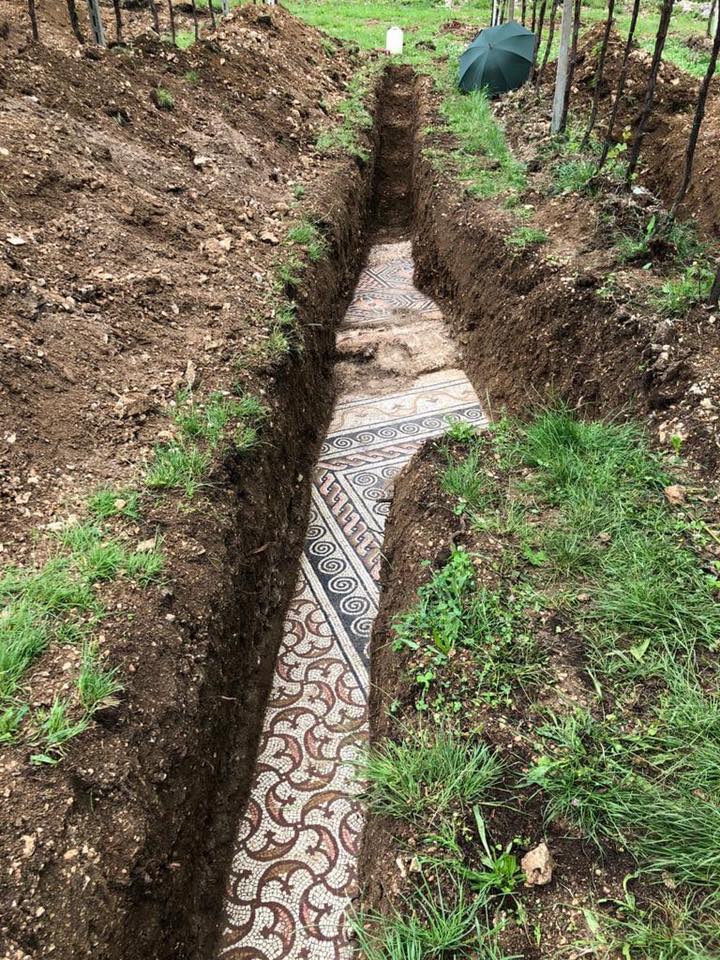
Magnificent Ancient Roman Mosaic Floor Unearthed in Verona, Italy
One often hears about renovation projects that tear up linoleum, shag carpet, or some equally unappealing flooring to discover a pristine (and now much more attractive) layer of hardwood or tile beneath. Any building of sufficient age becomes a palimpsest, a collection of era upon era of trends in architecture and design: a look under a floor or behind a wall can potentially become a trip back in time. The same holds for the land itself, at least in the parts of the world where civilization arrived first. “In former Mesopotamia there are hills in areas that should be entirely flat,” writes Myko Clelland, better known as the Dapper Historian, on Twitter. “They’re actually remains of entire towns, where residents built layer after layer until the whole thing became metres tall.”
Though the floor’s brilliance may have been unexpected, its presence wasn’t: that a Roman villa had once stood on the grounds “was known since the 19th century. Indeed, the name of the winery is taken from the name of the contrada (meaning neighborhood or district), evidence of culturally transmitted knowledge of a grand villa there.”



